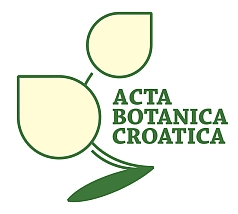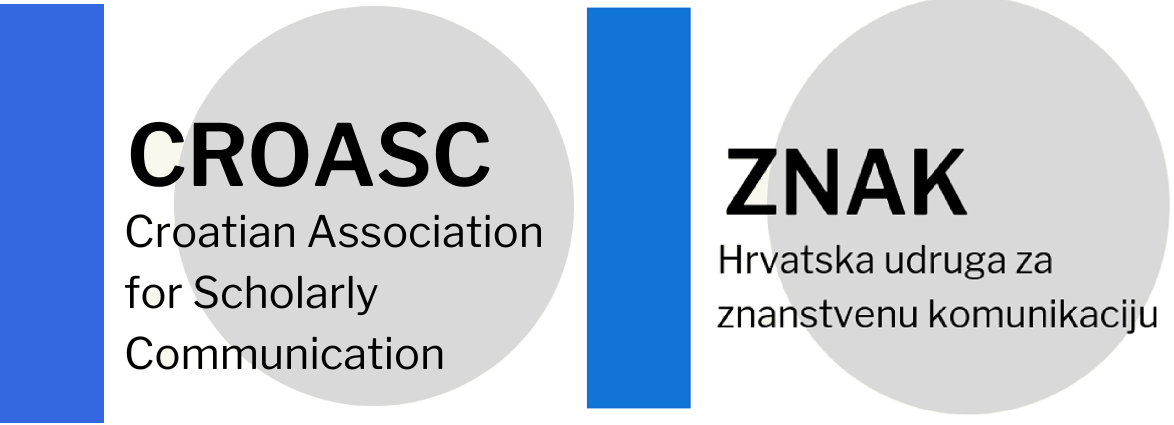About Journal

The journal Acta Botanica Croatica is the traditional botanical journal of southern Europe. This peer-reviewed journal (DOAJ, SCI, Scopus) is published twice a year (April, October) as an open-access journal, by the Department of Biology, Faculty of Science, University of Zagreb. The interest of the journal is field (terrestrial and aquatic) and experimental botany including plant viruses, bacteria, archaea, algae and fungi, from subcellular level to the ecosystem level with a geographic focus on karstic areas of the southern Europe and the Adriatic Sea (Mediterranean).
Article submission and publishing are free of charge.
ISSN 0365-0588 (print), ISSN 1847-8476 (online)






